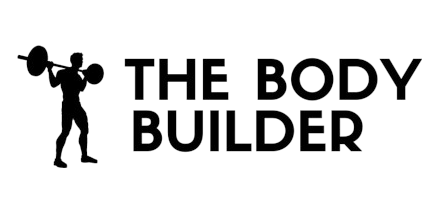Bicycling
Bicycling is an ideal exercise for those seeking a low-impact workout with plenty of convenience. It's easy to get started - simply adjust the seat of the bike to your height, wear protective gear, and obey the rules of the road. Additionally, cycling is a great way to get your heart rate up and burn calories - a 150 lb person can burn 280 calories in just 30 minutes of moderate cycling. Get out there and enjoy the fresh air and the health benefits of cycling!
Type:
Cardio
Muscles Used:
Quadriceps
Level:
Intermediate
Equipment:
Other
Benefits Of This Exercise
- Low-impact exercise that is easy to get started with
- Increases heart rate and burns calories
- Enjoy the fresh air and scenery while getting in a workout
- Can be done solo or with friends
- Can be done in any weather conditions
- Economical - no gym membership required
- Environmentally friendly way to get around
Step by Step Instructions For Bicycling
- First, find a suitable location to ride your bike.
- Next, seat yourself on the bike and adjust the seat to your height.
- Ensure that you are wearing protective gear, such as a helmet, knee pads, and elbow pads, to avoid possible injury.
- Before starting your ride, make sure to be courteous to vehicles and pedestrians around you.
- Obey the rules of the road, including traffic signals and signs.
- Once you are ready, begin pedaling at a moderate rate.
- Remember to maintain a good posture and keep your back straight while cycling.
- Enjoy the cardiovascular benefits of cycling, which include improved heart health and increased stamina.
- Keep in mind that cycling has less impact on your joints compared to other activities like running.
- If you weigh around 150 lbs, you can expect to burn approximately 280 calories by cycling at a moderate rate for 30 minutes.
- Compare this to running, where you would burn 450 calories or more in the same amount of time.
Warm Up Tips
- Seat yourself on the bike and adjust the seat to your height.
- Wear protective gear to avoid possible injury.
- Ensure that you are courteous to vehicles and pedestrians, and that you obey the rules of the road.
- Start cycling at a moderate pace to warm up your muscles.
- Gradually increase your speed and intensity as you continue cycling.
- Focus on maintaining good form and posture throughout your ride.
- Take breaks as needed to rest and hydrate.
- Finish your warm-up by gradually slowing down and stretching your muscles.
- Remember to enjoy the fresh air and the health benefits of cycling!
Bicycling Safety Tips
- Adjust the seat to your height before starting.
- Wear protective gear to avoid injury.
- Be courteous to vehicles and pedestrians.
- Obey the rules of the road.
- Enjoy the convenience and low-impact nature of bicycling.
- Get your heart rate up and burn calories.
- Take advantage of the cardiovascular benefits of cycling.
- Enjoy the fresh air and health benefits of cycling.
Incorporating Into Other Workouts
Bicycling is an ideal exercise for those seeking a low-impact workout with plenty of convenience. It's easy to incorporate bicycling into your workouts. Here's how:
1. Warm-up: Before hopping on the bike, start with a dynamic warm-up to prepare your muscles for the workout. Perform exercises like leg swings, hip circles, and arm circles to loosen up your joints.
2. Interval Training: Incorporate interval training into your cycling workout to maximize calorie burn and improve cardiovascular fitness. Alternate between periods of high-intensity cycling and recovery periods of low-intensity cycling. For example, pedal at a fast pace for 1 minute, then slow down and pedal at a comfortable pace for 2 minutes. Repeat this cycle for the desired duration of your workout.
3. Hill Climbing: Find a route or use a stationary bike with adjustable resistance to simulate hill climbing. This type of workout helps build leg strength and endurance. Start with a moderate incline and gradually increase the intensity as you get stronger.
4. Long Distance Rides: Plan longer rides on weekends or days when you have more time. This allows you to challenge yourself and build endurance. Aim for a steady pace and gradually increase the distance over time.
5. Cross-training: Incorporate bicycling into your cross-training routine. Alternate between cycling, running, swimming, or strength training to work different muscle groups and prevent boredom.
Remember to always wear protective gear, such as a helmet and reflective clothing, to ensure your

